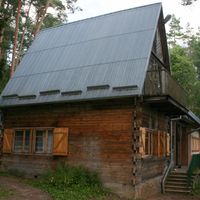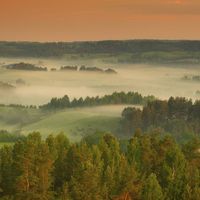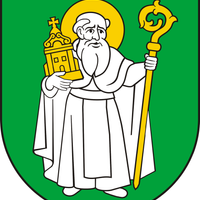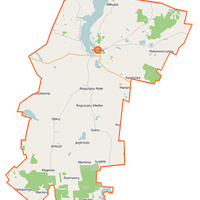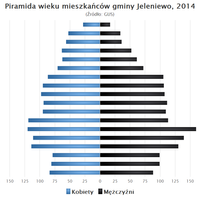Suwałki County
6.98

Overview
Suwałki County, established in 1999 in northeastern Poland, is part of the Podlaskie Voivodeship, with its seat in the city of Suwałki. During the Second Polish Republic, Suwałki County existed within different borders and was part of the Białystok Voivodeship. It includes rural communes such as Bakałarzewo, Filipów, Jeleniewo, Przerośl, Raczki, Rutka-Tartak, Suwałki, Szypliszki, and Wiżajny. Demographically, according to data from the end of 2019, the county had a population of 35,674, which decreased to 35,606 in 2020. In 1921, within its former borders, the county had a population of 70,412, dominated by Poles (86.3%), alongside Jews, Lithuanians, Germans, Russians, and other minorities. In 2014, an analysis of the age pyramid of the inhabitants was conducted, which may indicate demographic changes in the region. In 2019, the unemployment rate was 3.8%, suggesting a relatively low level of unemployment compared to other regions. In terms of religion, in 1921, the vast majority of residents practiced Roman Catholicism (77.7%), with other denominations including Judaism, Protestantism, Old Believers, and Orthodoxy. Suwałki County borders the city of Suwałki and the counties of Sejny, Augustów, Ełk, Olecko, and Gołdap, as well as Lithuania and, at one point, Russia. The region stands out for its rich cultural heritage, which combines the traditions of various ethnic and religious groups, contributing to its unique character. It is also worth noting the charming landscapes and architectural monuments that attract tourists, as well as local festivals and cultural events that are an important part of community life. Suwałki County is a place where history meets modernity, creating a unique space for both residents and visitors.
Location
Country
2025 Wizytor | All Rights Reserved
